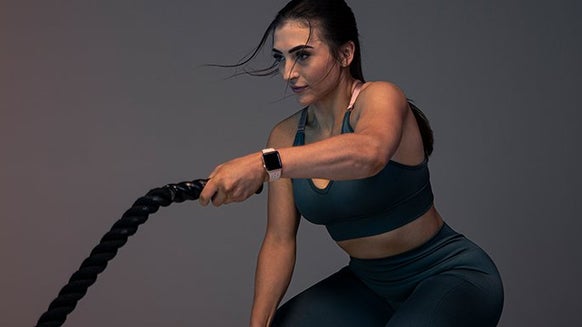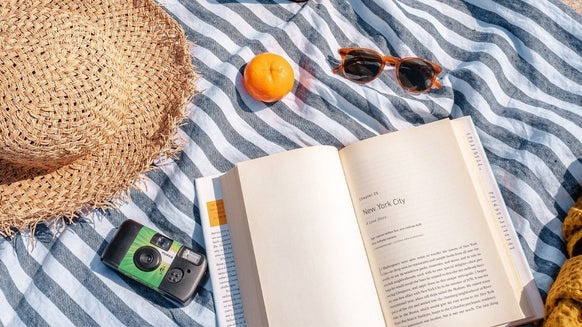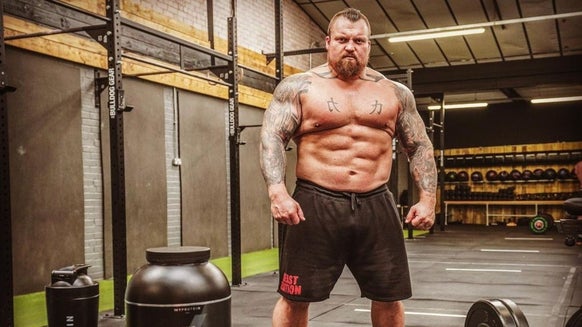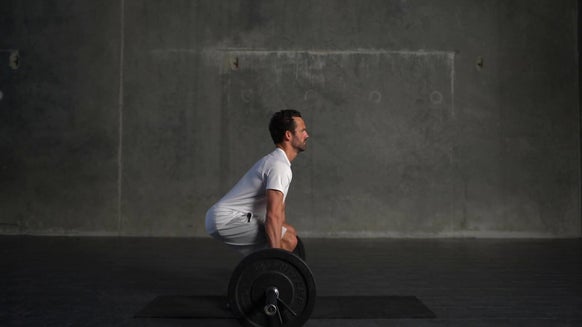TRAINING
How To Use The Seated Leg Press Machine | Technique and Variations
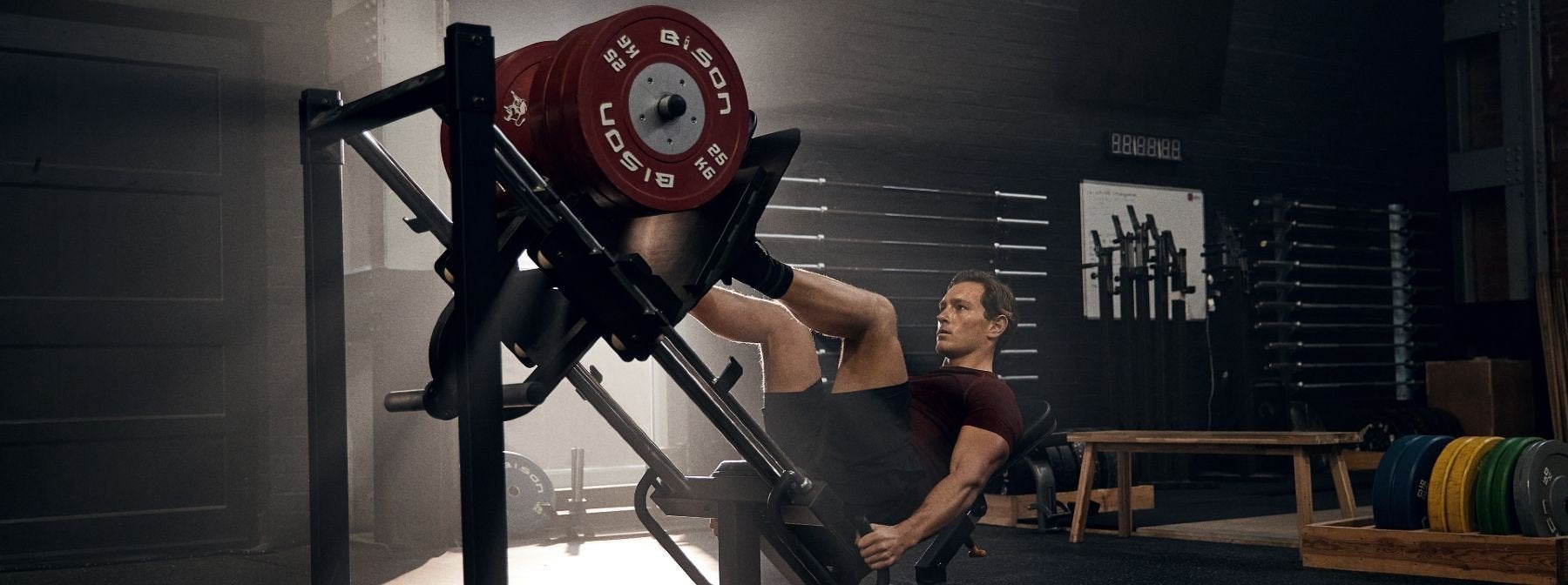
What is a Leg Press?
Seated Leg Press Technique
- Load your desired amount of weight onto the machine and sit down on the leg press seat.
- Place your legs on the pressing platform with a shoulder-width stance in front of your torso in the centre of your body.
- Disengage the safety levers on either side and take hold of the handles to your sides.
- Press the weight until your legs are extended but not locked out.
- Take a deep breath and lower the weight slowly until your upper and lower legs make a 90° angle (this is the eccentric portion of the movement).
- Exhale and drive back up through your heels (quadriceps focused) until the platform returns back to the starting position.
- Continue to perform your desired amount of repetitions.
Tip: To implement a stronger form, try creating a slight arch in your lower back, and pushing your chest out while keeping a tight core throughout the movement.
Recommended exercise volume: 3-4 sets of 8-15 repetitions
Targeting Different Parts Of The Legs
Rectus femoris:This is the muscle located in the centre of the thigh, which covers most of the other three heads of the quadriceps. Vastus medialis:This is located on the inner part of the thigh and lies underneath the rectus femoris. Vastus lateralis:The vastus lateralis is located on the outside of the thigh. Vastus intermedius: Between these is the vastus intermedius.
Outer Quadriceps
Inner Quadriceps
Isolating the Quadriceps
Hamstrings & Glutes
How to do a leg press without a machine | Alternative exercises
Lunges:
- Stand upright, feet together, and take a big lunge forward with your right leg, lowering your hips toward the floor.
- Bend both knees to 90-degree angles. The back knee should point toward but not touch the floor, and your front knee should be directly over the ankle.
- Power through this position and continues through until the opposite leg is now forward lunging.
- Keep the core tight and upper body stable and upright.
- Put your hands on hips or above your head for some added difficulty.
Bulgarian Split Squat:
- For the starting position of this exercise, stand slightly in front of a bench with your feet shoulder-width apart from each other. At this stage, your body should be facing forwards away from the bench.
- With a barbell lying in front of you, lift the barbell onto your chest applying a pronated grip (palms facing the floor). Explosively lift the barbell overhead and then rest it on your shoulders. Alternatively, use dumbbells like shown in the image – overhand grip, arms close to the body.
- At this stage, one foot should be moved backwards so that it is resting on the flat bench, whilst the other foot is positioned directly infant of you.
- As this preparation phase is being executed, your back should remain straight and firm whilst your head is facing forwards at all times.
- Whilst inhaling your breath, gradually lower your leg until it is low enough to feel a contraction. However, do ensure that your knee should not hit the floor and that the knee should be over your toes. Still keep your chest out and back straight whilst facing forwards at all times.
- As you exhale your breath and muscularly contract the quads, lift your leg back to the starting position.
- Once the designated number of repetitions has been performed, return to the starting position and perform with the opposing leg.
Bodyweight Squat:
- Stand with feet shoulder-width, with toes slightly turned outward.
- Tighten up your core to stabilize yourself, start to shift your weight back into your heels while pushing your hips behind you as you squat down.
- Continue to lower yourself until your thighs are almost parallel to the floor. Your feet should remain flat on the ground, and your knees should remain over your toes.
- Keep your spine neutral, chest out and push through the heel to return to the start position. Keep the core tight.
Common Mistakes and How to Fix Them
Sled too low:
Keep your heels on the foot panel
Locking Out Your Knees
Turning the knees in
Take Home Message

Chris Appleton Writer and expert
